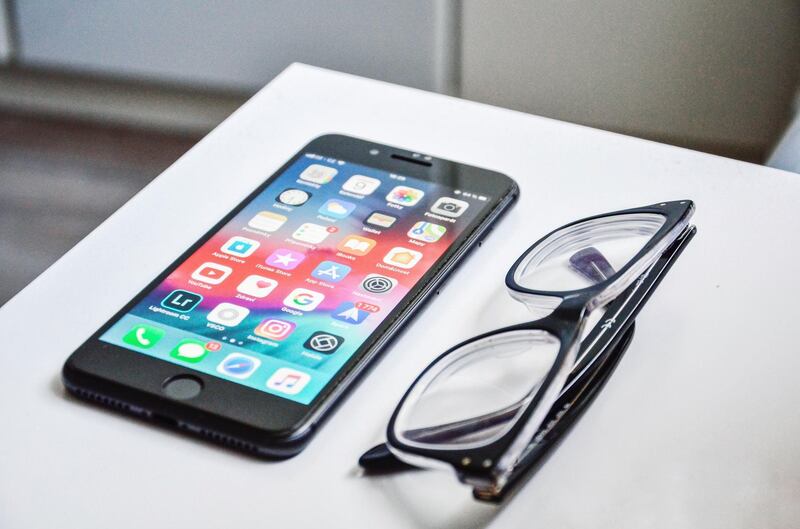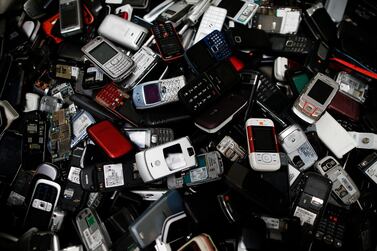We may soon be able to compose text messages by tapping on our coffee tables, play Candy Crush on our walls and stomp our feet against the floor to delete spam emails.
Well, give it a year or two.
👓Apple Glasses owners will be able to use any surface as virtual touch interface according to Apple’s patent pic.twitter.com/snJteF5XGu
— DigiSlice® (@DigiSliceX) July 21, 2020
It’s no secret that Apple is working on an augmented and virtual reality (AR / VR) headset – the Apple Glasses name has been circulating for a few years now – but it's always been unclear what kind of functionality this gadget will have.
Previous rumours have suggested the glasses will be nothing more than an iPhone accessory that lets the wearer view their phone's screen through their lenses. Others have suggested it will be a powerful wearable product that will enhance the way we interact with technology. (Although the same was said about Google Glasses, and those went belly-up last year.)
However, Apple Insider recently uncovered a 2016 patent application by Apple that may hold some clues as to what the tech giant is planning.
Just in: Newly registered Apple patent suggests that with Apple Glasses, any surface could become a virtual touch interface.
— Apple Scoop (@AppleScoop) July 21, 2020
It's becoming clear that Apple is working on AR/VR glasses for the consumer market, with the most recent rumors placing its release in 2021 or 2022. pic.twitter.com/Kj5XEZmnII
The patent tackles the question of how an Apple Glasses user will be able to interact with the environment in front of them.
If you use an iPad or iPhone, you’ll know that you only have to tap on the screen to trigger a desired feature. But how would that work with an AR headset?
Similar gadgets have typically coupled headsets with gloves or finger sensors to allow users to virtually interact with the landscape they see in front of them. But, let’s be real, do you really want to don a cyberpunk glove every time you put on a pair of AR glasses?
It turns out that Apple may have figured out a more elegant alternative, anyway: infrared heat-sensing technology.
"If two objects at different temperatures touch," says Apple's patent application, "the area where they touch will change their temperature and then slowly converge back to the initial temperature as before the touch.
"Therefore, for pixels corresponding to a point in the environment where a touch recently occurred," it continues, "there reveals a slow but clearly measurable decrease or increase in temperature."
In layman's terms, the glasses will allow you to see a virtual landscape in the real world, for example, your email inbox projected on the table in front of you. But, rather than having to take off the glasses to physically use them as a touch screen, you'll be able to use your finger on the table's surface like a trackpad.
The glasses, using the infrared heat-sensing technology, can detect what you're touching by tracing your finger's temperature and how it corresponds to the surface temperature. It will then be able to react as if you have just tapped a button, even though there's nothing actually in front of you.
It also means only you would be able to see the virtual touchscreen through the glasses. The table, per se, would look blank to a bystander, enhancing the user's privacy.
It is worth noting, however, that this feature has not been confirmed. While the patent proves Apple was investigating the issue four years ago, it remains to be seen whether the company will incorporate the technology into the final version of their eagerly awaited headset. After all, not all patents end up becoming real-world products or features.
We’ll just have to wait to find out.







